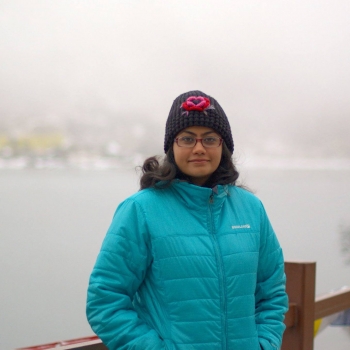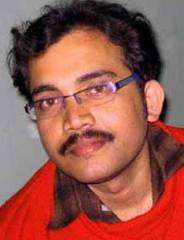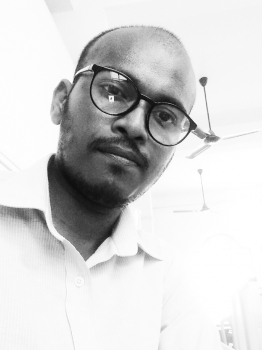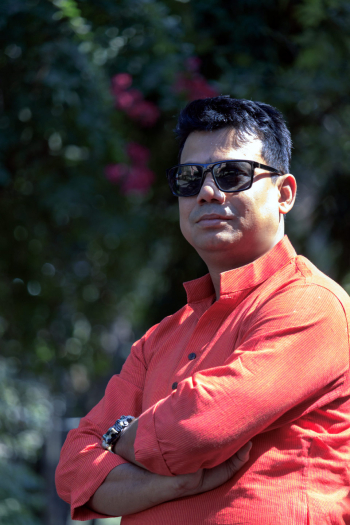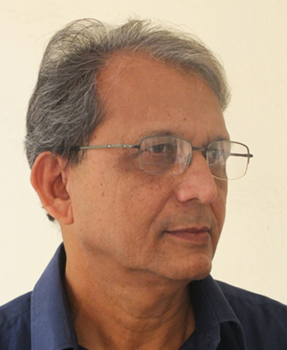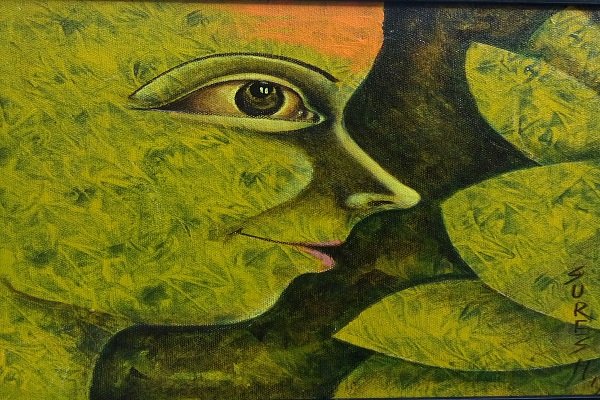
“Modern paintings are like women, you'll never enjoy them if you try to understand them.”
― Freddie Mercury
The continuum of Indian art has been sublime and ecstatic. Despite perpetual invasion by foreign rulers and amidst multiple cultural ethnicities, Indian art has evolved splendidly.
Today, art in India has not just adapted the pace and trend of the global market but have also set a distinguishable face for itself.
All credit goes to Modern Indian artists, who have shown immense courage and determination to pluck art here out of the conventional and colonial standards.
Modern Indian painters represented a new breed of artists who were not scared to experiment and innovate their artworks to bring out something new – something that wasn’t ever seen in Indian art before.
Today, seeing the vivacious spread of contemporary art styles, no one can imagine what would have been the stretch of this evolution.
Whenever we talk about Indian art, traditional and folk art forms come to our mind. However, the reincarnation of Indian art has been done with the arrival of modern art in India.
India and Modern Art Movement
Imagine India in the early 19th century – The British Colonial rule is under its full power. The British were quite intelligent.
They knew that to penetrate the Indian population and to handle it without friction, they have to hit the cultural base of this nation.
So, they opened up art schools and colleges in the major cities of India.
The objective was to infuse the beautiful western painting style into the roots of India so that the new generation of artists grow with the British academic standards.
This practice went for a few decades.
However, in the mid of 19th century, modern art started showing its impact and artists began to realize that their thought process and imagination are controlled.
The modern art movement started with the idea of rejecting the conventional and figurative style of painting that was prevalent in the European and American nations at that time.
In fact, with the advent of the Industrial Revolution that originated in France and later on spread throughout Europe and American content, the foundation for modern art movement was laid.
Indian art, due to its colonial rule was constantly suppressed that saw its first light of hope in 1863 when father of Indian modern art, Raja Ravi Varma came up.
Varma, despite belonging to an affluent background and using the western techniques, was deeply connected with the cultural richness of India.
All his works were based on ethnic and societal themes. Varma was popularly known for its imitation of Indian women.
He won the first global recognition when his paintings were exhibited and sold at an art convention in Vienna in the 1870s.
It was the very first time that an Indian artist had won such an honor on the foreign soil.
But if you think that modern Indian painters didn’t have any prominent role to play in the evolution of art in this nation, you are wrong.
Explore any Indian modern paintings gallery and you would find a number of spectacular artworks from renowned artists.
The inception of the Bengal School of Art was a special milestone that further paved a way for future artists to bloom and flourish.
Artist like Abanindranath Tagore (also the founder of Bengal School of Art) wasn’t happy with Varma adopting western techniques. However, Varma was the first artist who started creating paintings for the commoners.
Previously, art was only a luxury for the riches and the powerful people in society. Everything changed when Varma started painting.
Bengal school of art, on the other hand, was also chained with the feeling of nationalism and hence all Indian paintings and art pieces developed under it reflected a sense of Indian art and patriotism.
This was again, unacceptable for Modern Indian artists.
Soon after Indian won its independence, Bombay Progressive Artists’ Group was formed in 1948.
IMHO, the coining of this group was a phenomenal step in shaping a distinctive face for Indian art.
This group was formed to:
- Devise a new and distinguishable style for Indian art
- Bring Indian art on a global stage
Also, the founding members of this group were some of the illustrious modern Indian painters like M.F.Husain, V.S.Gaitonde, S.H.Raza, F.N.Souza, etc.
Later, the likes of Tyeb Mehta and Ram Kumar also joined this group.
This one art group has given India many multi-million dollars sold paintings.
It would be right to say that these talented and prodigious modern Indian artists through their impeccable thought process and spirited determination have lighted the dim lamp for art in India.
Souza shifted to Paris, Raza moved to Europe, and a few more artists of this group started participating in the foreign art exhibitions and conventions.
The ones who stayed like Mehta, Gaitonde, and Husain kept on shining on the global level through their out-of-the-box thinking and crisp techniques.
It was the collective efforts of these Indian artists that brought world’s best art brands like Christie’s and Sotheby to India.
There is another important name associated with Indian modern art – Amrita Sher-Gil.
She was born in Hungary but later came to India.
Known as the ‘Frida Kahlo of India’, Amrita was the first woman artist of our nation. She was fearless, vibrant, and quite loud in her expression.
Whenever we talk about the upsurge of modern art in India, mentioning Amrita’s contribution and her paintings become an inevitable aspect.
She died at a tender age of 28 but is still considered as one of the most influential and ingenious woman artists of India.
In the pursuit to strengthen the condition and treatment of women in India, Amrita always looked for the emptiness in the face of victimized women.
V.S. Gaitonde is my favorite modern Indian painters because his works are an epitome of how hardcore abstraction would look like. Being a man of few words, Gaitonde always looked to express the most intense emotions through the most vivid and unrelated patterns.
So, the odyssey of Indian art has been stimulating and extremely colorful – all thanks to the efforts of our brightest painters.
Thanks!











